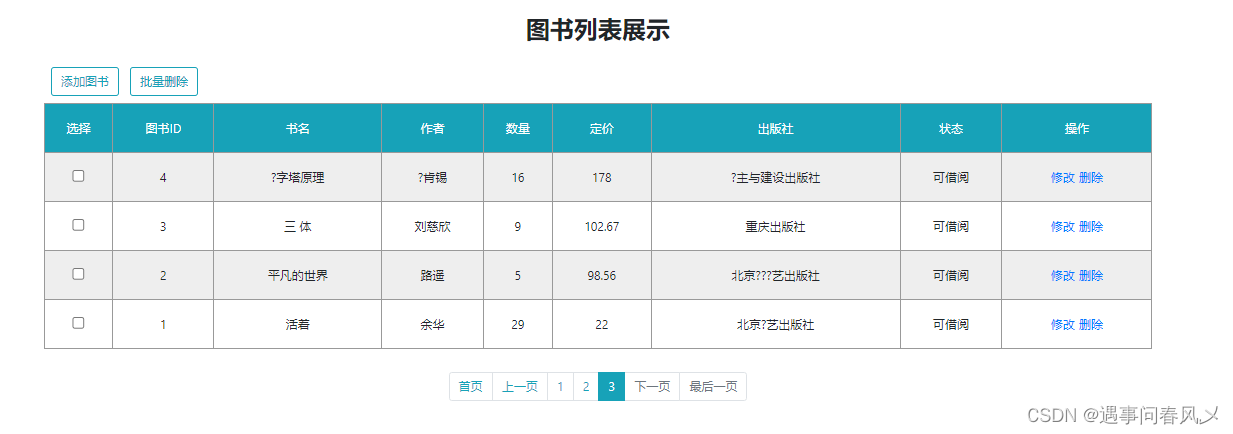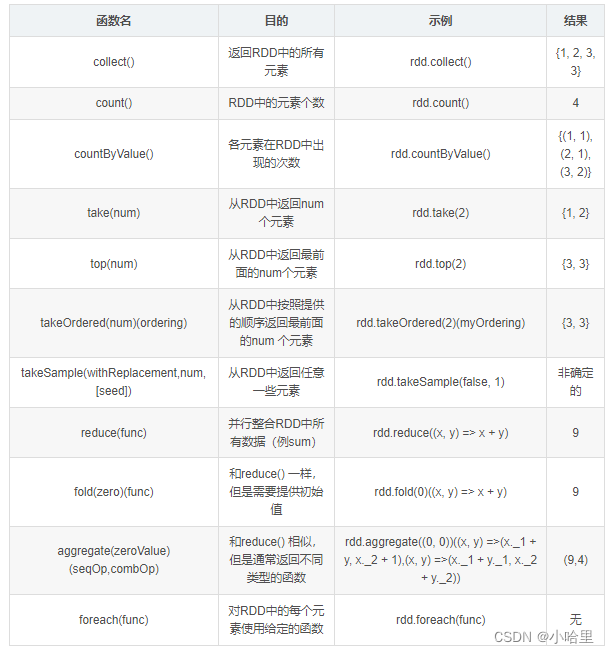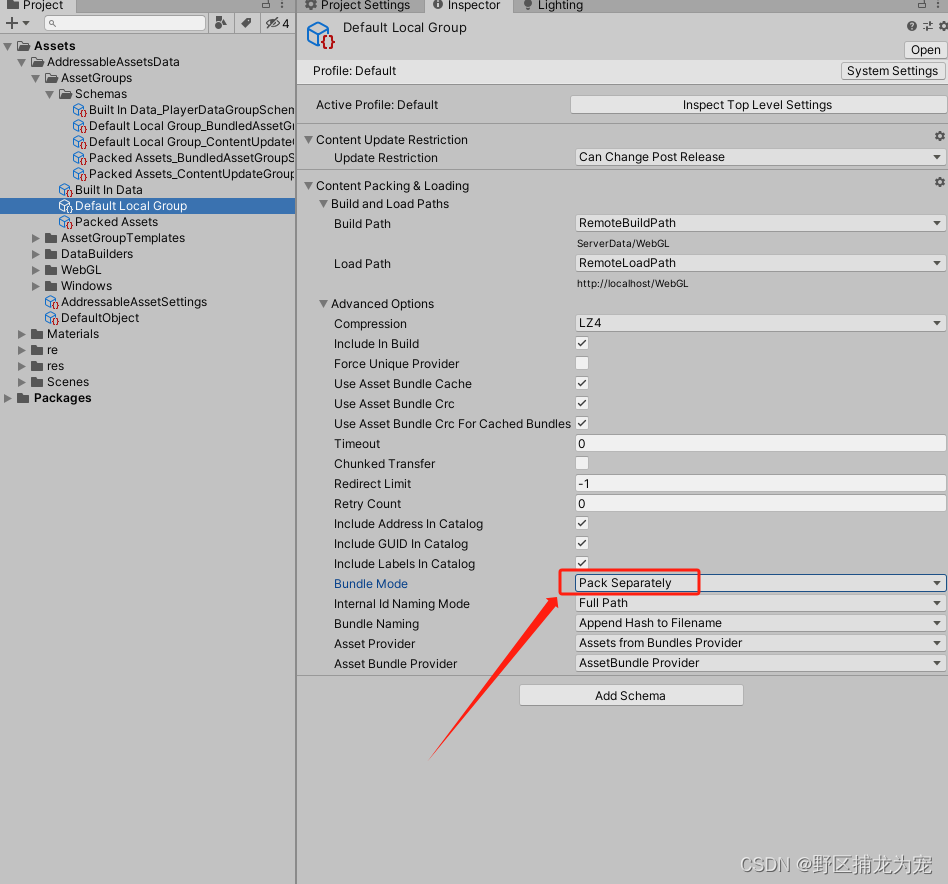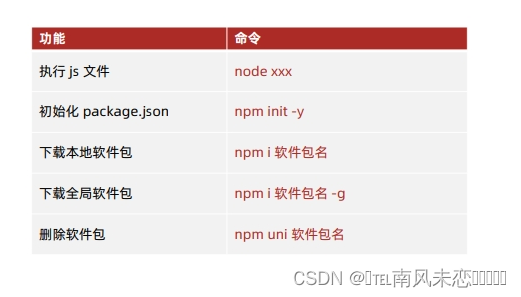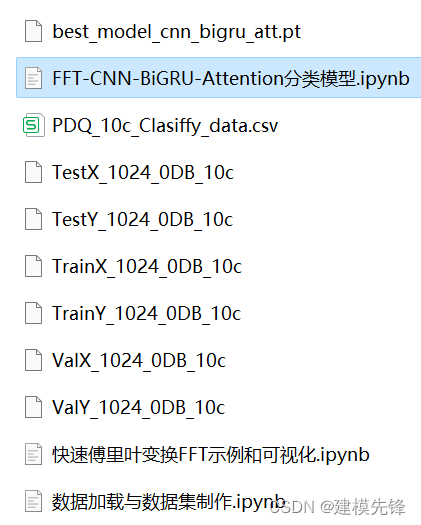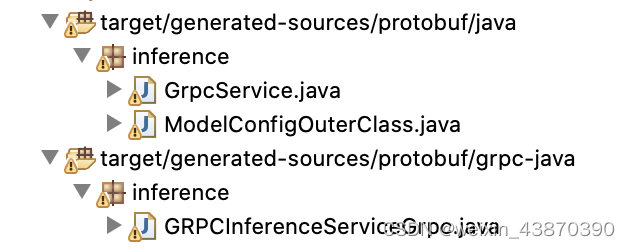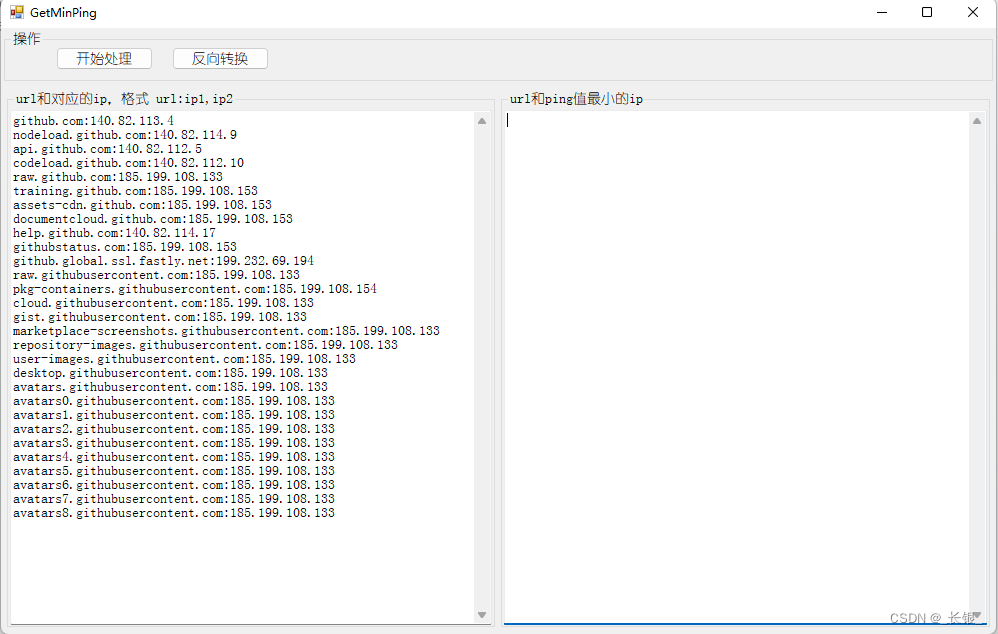文章目录
- 前记
- nim攻防基础
- FFI
- 内存加载
- 加解密、编码
- 后记
- C#类型转换表
- nim基础
前记
随便编写一个c#调用winapi并用vs生成dll,同时用csc生成exe
using System;
using System.Runtime.InteropServices;
namespace coleak
{
class winfun
{
[DllImport("User32.dll")]
public static extern int MessageBox(IntPtr h, string m, string c, uint type);
[DllImport("kernel32.dll", EntryPoint = "Beep")]
public static extern bool mymethod(uint frequency, uint duration);
}
class Program
{
static void Main(string[] args)
{
winfun winfun = new winfun();
winfun.MessageBox((IntPtr)0, "yueyy", "coleak",(uint) 0);
Random random = new Random();
for (int i = 0; i < 10000; i++)
{
winfun.mymethod((uint)random.Next(10000), 100);
}
Console.ReadLine();
}
}
}
/*BOOL Beep(
DWORD dwFreq,
DWORD dwDuration
);
int MessageBox(
[in, optional] HWND hWnd,
[in, optional] LPCTSTR lpText,
[in, optional] LPCTSTR lpCaption,
[in] UINT uType
);*/
优点:隐藏导入表,仅存在mscoree.dll
缺点:在dnspy下均直接出源码
nim攻防基础
为了更加OPSEC,考虑使用nim代替c#核心部分,nim防止反编译同时也不暴露导入函数
FFI
proc MessageBoxA*(hWnd: int, lpText: cstring,
lpCaption: cstring, uType: int32): int32
{.discardable, dynlib: "user32", importc.}
MessageBoxA(0, "Hello, world !", "MessageBox Example", 0)
proc WinExec*(lpCmdLine:cstring,uCmdShow:int32): int32 {.discardable,dynlib:"kernel32",importc.}
WinExec("calc.exe",0)
proc printf(format: cstring): cint {.importc, varargs,discardable.}#discardable忽略返回值否则报错
printf("My name is %s and I am %d years old!\n", "coleak", 20)
proc mycmp(a, b: cstring): cint {.importc: "strcmp", nodecl.} #=proc strcmp(a, b: cstring): cint {.importc, nodecl.}
let cmp = strcmp("Easy!", "Easy!")
echo cmp
嵌入c
when not defined(c):
{.error: "Must be compiled in c mode"}
{.emit: """
#include <stdio.h>
int Test()
{
char name[100]={0};
scanf("%s",name);
printf("嵌入成功,%s",name);
return 0;
} // end main
""".}
proc Test(): int
{.importc: "Test", nodecl,discardable.}
when isMainModule:
discard Test()
内存加载
读取字节流
import os
var buf: array[4096,byte]
var f: File
f = open(r"D:\c_project\nim\test.exe")
discard readBytes(f, buf,0,4096)
f.close()
echo buf
c.exe>aaa.txt
import winim/clr
import sugar
import os
var buf: array[4096,byte]
buf = [77, 90, ..., 0]
var assembly = load(buf)
var arr = toCLRVariant(commandLineParams(), VT_BSTR)
assembly.EntryPoint.Invoke(nil, toCLRVariant([arr]))
c#虽然没有暴露导入信息,但是在hxd下会暴露字符串信息,因此在 Nim 编译的可执行文件中检测 .NET 程序集仍然很容易,还可以用hxd轻松搜到nim加载的程序集中存在的user32.dll字符信息和exe关键词
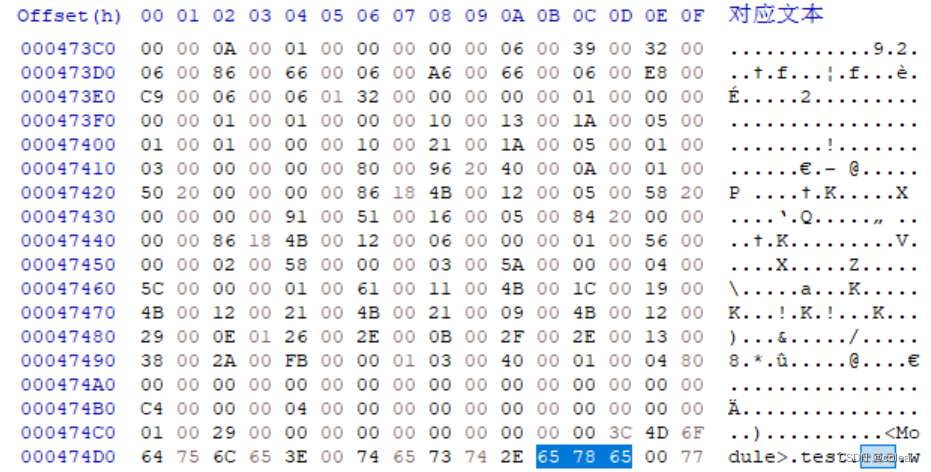
加解密、编码
base64
import base64
import os
import strformat
func toByteSeq*(str: string): seq[byte] {.inline.} =
# Converts a string to the corresponding byte sequence
@(str.toOpenArrayByte(0, str.high))
let inFile: string = paramStr(1)
let inFileContents: string = readFile(inFile)
# To load this .NET assembly we need a byte array or sequence
var bytesequence: seq[byte] = toByteSeq(inFileContents)
let encoded = encode(bytesequence)
echo fmt"[*] Encoded: {encoded}"
import base64
import os
import strformat
import winim/clr
import sugar
import os
func toByteSeq*(str: string): seq[byte] {.inline.} =
# Converts a string to the corresponding byte sequence
@(str.toOpenArrayByte(0, str.high))
let encoded = r"TVqQAAMAAAAEAAAA//8...AAA=="
let decoded = decode(encoded)
let mys=toByteSeq(decoded)
var assembly = load(mys)
var arr = toCLRVariant(commandLineParams(), VT_BSTR)
assembly.EntryPoint.Invoke(nil, toCLRVariant([arr]))
可以换成别的方式加密.NET 程序集,用于运行时解密
后记
C#类型转换表
| Windows | C# |
|---|---|
| BOOL | int |
| BOOLEAN | byte |
| BYTE | byte |
| UCHAR | byte |
| UINT8 | byte |
| CCHAR | byte |
| CHAR | sbyte |
| CHAR | sbyte |
| INT8 | sbyte |
| CSHORT | short |
| INT16 | short |
| SHORT | short |
| ATOM | ushort |
| UINT16 | ushort |
| USHORT | ushort |
| WORD | ushort |
| INT | int |
| INT32 | int |
| LONG | int |
| LONG32 | int |
| CLONG | uint |
| DWORD | uint |
| DWORD32 | uint |
| UINT | uint |
| UINT32 | uint |
| ULONG | uint |
| ULONG32 | uint |
| INT64 | long |
| LARGE_INTEGER | long |
| LONG64 | long |
| LONGLONG | long |
| QWORD | long |
| DWORD64 | ulong |
| UINT64 | ulong |
| ULONG64 | ulong |
| ULONGLONG | ulong |
| ULARGE_INTEGER | ulong |
| HRESULT | int |
| NTSTATUS | int |
nim基础
语法速记
一、分支允许使用逗号分隔的值列表
let name = readLine(stdin)
case name
of "":
echo "Poor soul, you lost your name?"
of "name":
echo "Very funny, your name is name."
of "Dave", "Frank":
echo "Cool name!"
else:
echo "Hi, ", name, "!"
二、of全覆盖
from strutils import parseInt
echo "A number please: "
let n = parseInt(readLine(stdin))
case n
of 0..2, 4..7: echo "The number is in the set: {0, 1, 2, 4, 5, 6, 7}"
of 3, 8: echo "The number is 3 or 8"
else: discard
三、迭代器
echo "Counting down from 10 to 1: "
for i in countup(1, 5):
echo i
for i in countdown(6, 2):
echo i
for i in 10..19:
echo i
for i in 1..<19:
echo i
四、块语句
block myblock:
echo "entering block"
while true:
echo "looping"
break # 跳出循环,但不跳出块
echo "still in block"
block myblock2:
echo "entering block"
while true:
echo "looping"
break myblock2 # 跳出块 (和循环)
echo "still in block"
五、缩进原则
# 单个赋值语句不需要缩进:
if x: x = false
# 嵌套if语句需要缩进:
if x:
if y:
y = false
else:
y = true
# 需要缩进, 因为条件后有两个语句:
if x:
x = false
y = false
六、函数
proc yes(question: string): bool =
echo question, " (y/n)"
while true:
case readLine(stdin)
of "y", "Y", "yes", "Yes": return true
of "n", "N", "no", "No": return false
else: echo "Please be clear: yes or no"
if yes("Should I delete all your important files?"):
echo "I'm sorry , I'm afraid I can't do that."
else:
echo "I think you know what the problem is just as well as I do."
proc add(a:int,b:int):int=
return a+b
echo add(1,89)
proc sumTillNegative(x: varargs[int]): int =
for i in x:
if i < 0:
return
result = result + i
echo sumTillNegative() # echos 0
echo sumTillNegative(3, 4, 5) # echos 12
函数定义格式看起来很繁琐,返回值类型放在: bool =
result 总在过程的结尾自动返回如果退出时没有 return语句
七、传实参
proc divmod(a, b: int; res: var int,remainder:var int) =
res = a div b # 整除
remainder = a mod b # 整数取模操作
var x, y=111
divmod(8, 5, x, y) # 修改x和y
echo x
echo y
传递实参用var修饰
八、忽略返回值discard
proc p(x, y: int): int {.discardable.} =
return x + y
var c:int
c=p(3, 4) # now valid
echo c
p(3, 4)
九、数组初始化
type
IntArray = array[0..7, int] # 一个索引为0..7的数组
QuickArray = array[6, int] # 一个索引为0..5的数组
var
x: IntArray
x = [1, 5, 3, 4, 5, 77,9,8]
for i in low(x)..high(x):
echo x[i]
for i in x:
echo i
for i, v in @[3, 7, 5]:
echo "index: ", $i, ", value:", $v
# --> index: 0, value:3
# --> index: 1, value:4
# --> index: 2, value:5
十、结构体
type
Person = object
name: string
age: int
var person1 = Person(name: "Peter", age: 30)
echo person1.name # "Peter"
echo person1.age # 30
var person2 = person1 # 复制person 1
十一、读写文件
#字节流
import os
var buf: array[100,byte]
var f: File
f = open("D:\\c_project\\nim\\d.exe")
discard readBytes(f, buf,0,9)
f.close()
echo buf
#文本文件
var file:File
file = open(r"D:\c_project\nim\d.txt")
echo file.readAll()
file.close()
let text = "Cats are very cool!"
writeFile("cats.txt", text)
十二、绝对路径默认目录为shell路径
